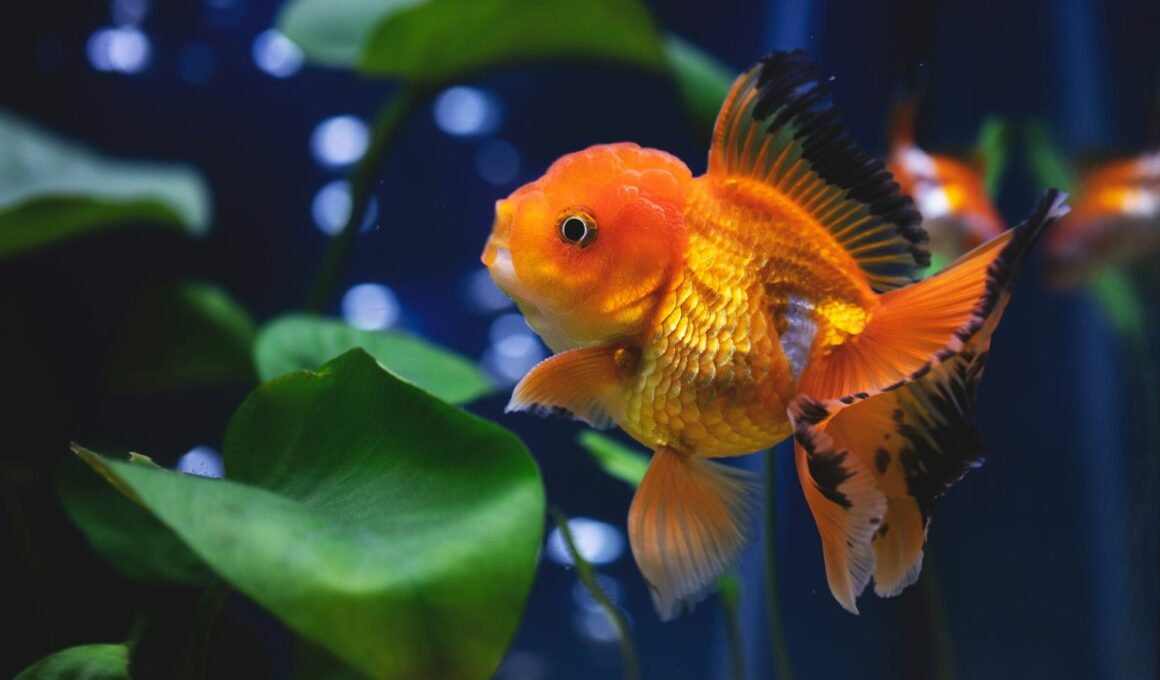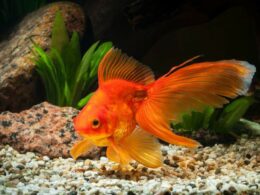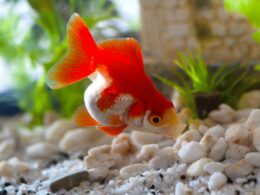In this article Show
As a seasoned fishkeeper, I understand the importance of unraveling the intricacies of our aquatic companions’ physiology. In this article, we’ll tackle a fundamental question: “Are Goldfish Cold-Blooded?”
Goldfish, those shimmering inhabitants of our tanks, captivate us with their grace and charm. However, understanding the basics of their biology is crucial for creating a thriving aquatic environment. Today, we focus on a specific aspect of their physiology – their thermal dynamics.
Are Goldfish Cold-Blooded?
Yes, goldfish are indeed cold-blooded aquatic companions. As poikilothermic organisms, they cannot regulate their internal body temperature, relying on external conditions to dictate their metabolic processes. Understanding the cold-blooded nature of goldfish is pivotal for optimal care in a home aquarium.
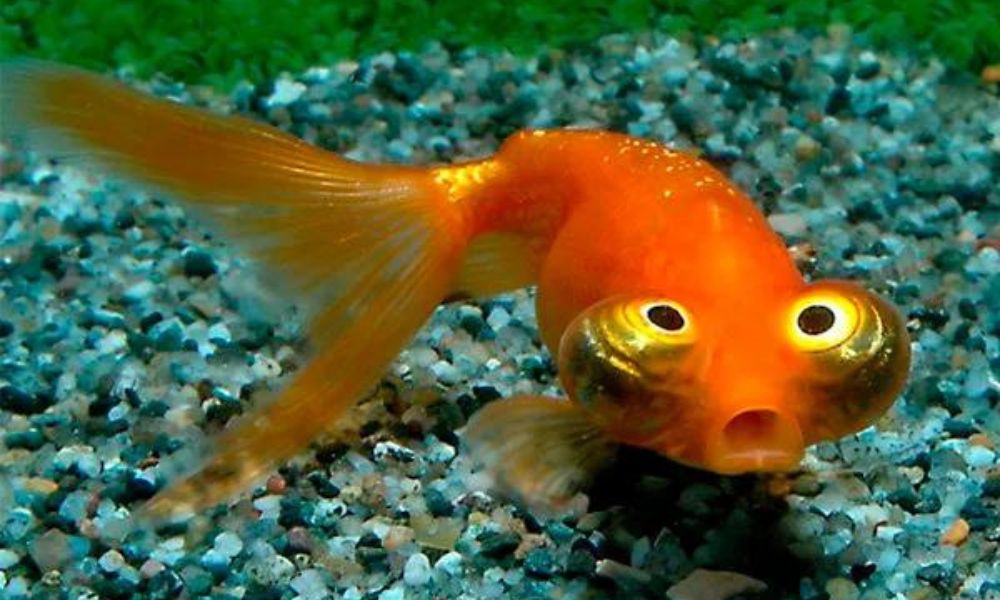
Goldfish Physiology
Goldfish boasts a streamlined and elegant anatomy tailored for aquatic life. With scales covering their bodies and fins designed for graceful movement, their anatomy reflects their adaptability to various water conditions.
From their distinctive eyes to the fin arrangements, a basic understanding of goldfish anatomy provides insights into their overall health and behavior.
Circulatory System of Goldfish
The circulatory system in goldfish is fundamental to their well-being. A two-chambered heart pumps blood through its gills, where oxygen exchange occurs. This oxygenated blood then travels to the rest of the body.
Understanding the efficiency of their circulatory system aids fish keepers in ensuring optimal oxygen levels within the aquarium, contributing to the overall vitality of these aquatic companions.
Metabolic Rate in Goldfish
Goldfish, being cold-blooded, have a metabolism intricately tied to their environment. Their metabolic rate is influenced by water temperature, impacting their digestion and overall energy levels.
Fish keepers should consider this metabolic connection when providing food and maintaining a consistent environment. Balancing their metabolic needs contributes to the longevity and health of these mesmerizing aquatic pets.
Cold-Blooded Nature of Goldfish
Goldfish, like many other aquatic creatures, exhibit a cold-blooded or poikilothermic nature. This means their internal body temperature is not internally regulated. Instead, it is influenced by the surrounding environment.
Scientifically, goldfish are ectothermic, relying on external heat sources to maintain their bodily functions. This adaptation has implications for their metabolism, making it crucial for fish keepers to understand the delicate balance of temperature in their aquarium.
How Goldfish Regulate Body Temperature
Unlike warm-blooded animals, goldfish cannot generate heat internally. Instead, they adopt behavioral strategies to cope with temperature variations.
Goldfish may seek warmer areas in the tank when cold and move towards cooler zones when it’s warmer. Understanding these behaviors is essential for creating a suitable environment, and ensuring your goldfish remain healthy and active.
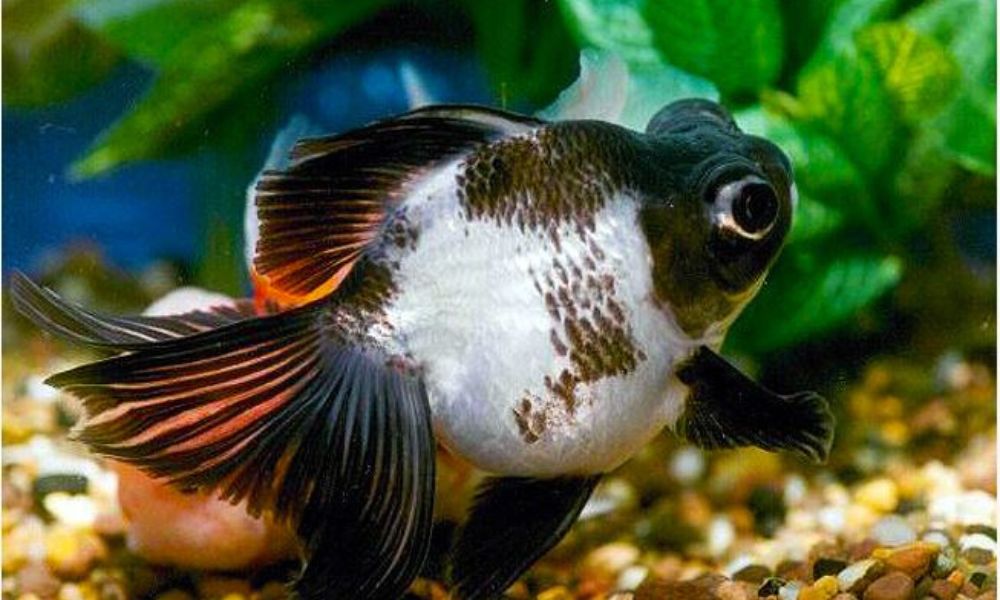
Impact of Temperature on Goldfish Behavior
The temperature of the water directly influences the behavior of goldfish. In colder temperatures, their metabolism slows down, leading to reduced activity levels.
Warmer temperatures, on the other hand, can heighten metabolism, increasing their activity. Maintaining an optimal temperature range is pivotal for promoting natural behaviors, healthy growth, and overall well-being in goldfish.
Importance of Temperature Regulation for Goldfish Owners
Optimal Temperature for Goldfish Health
Maintaining the right temperature in your goldfish tank is paramount for their overall health and well-being. Goldfish thrive in temperatures ranging from 65°F to 75°F (18°C to 24°C).
Within this range, they exhibit optimal metabolism, digestion, and immune system function. Consistent temperature regulation prevents stress-related illnesses and supports their natural behaviors, ensuring a vibrant and lively aquatic companion.
Common Mistakes in Maintaining Goldfish Tanks
Common pitfalls in goldfish tank maintenance often revolve around temperature neglect. Overlooking the importance of a thermometer or setting the heater incorrectly can lead to fluctuations that stress your goldfish.
Sudden temperature changes, exposure to extreme heat or cold, and inadequate monitoring are common mistakes. Being vigilant about these factors safeguards your goldfish from unnecessary health issues.
Tips for Proper Temperature Management
To ensure a stable and comfortable environment, goldfish owners should invest in a reliable aquarium thermometer. Regularly check and adjust the heater settings to maintain the recommended temperature range.
Additionally, consider the placement of the tank – avoid direct sunlight and drafts. In colder climates, use a heater to prevent the water from becoming too cold. These simple yet crucial steps contribute to a thriving goldfish habitat, promoting their longevity and vitality.






